|
Remember the orca who played in the yacht wake off the Baja Coast? It happened again with the same whale-watching company, in the Sea of Cortez.
Read more here: http://www.petethomasoutdoors.com/2012/09/playful-killer-whales-dazzle-boaters-in-sea-of-cortez.html
0 Comments
A total of three individuals have now washed up dead in the same area along the coast of Uruguay. Post-mortem examination revealed blood pouring from the eyes and blowhole of each animal - an indication of damage by seismic testing, which has been carried out in the area by the oil industry.
Read more here: http://beachcarolina.com/2012/09/27/orca-death-a-taste-of-whats-to-come/ Gordon et al. (2003) reviews the effects of seismic surveys on marine mammals: http://www.anp.gov.br/brasil-rounds/round7/round7/guias_r7/sismica_r7/biblio_R7/Gordon%20et%20al%202004%20-%20review%20seismic%20effects%20marine%20mammals.pdf "A recreational boater from Campbell River has been convicted under the Species At Risk Act of harassing killer whales and under the Fisheries Act of disturbing killer whales. This is the first time that an individual has been found guilty of harassing orcas under the Species At Risk Act."
There is a 100 metre exclusion zone in Canada, which means that you are not allowed to approach orca closer than this distance. To find out more, you can read the full article here: http://finance.yahoo.com/news/killer-whale-harassment-disturbance-results-190000347.html 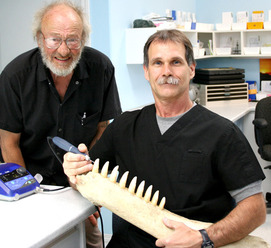 A dentist in Nanaimo, Vancouver Island (Canada) was recently handed a project to restore a set of jaws from a dead orca whale. The jaws will be used in a mobile teaching display as part of a complete orca skeleton assembled on a backdrop of a whale’s anatomy showing how the animal’s skeleton and internal organs are arranged. This Build-a-Whale has been assembled by the Strawberry Island Marine Research Society, based at the Clayoquot Sound UNESCO World Biosphere Reserve. Read more here: http://www.nanaimobulletin.com/news/169685856.html With the Southern resident orca leaving the San Juan Island area, the transients have entered in numbers. A total of 21 transients were sighted in the Strait of Juan de Fuca on 18 September and 8-10 animals sighted on the 19 September in Puget Sound.
Find out more about these superpod sightings with the Orca Network: http://archive.constantcontact.com/fs077/1101447505873/archive/1111044029830.html On September 5th, a group of orca were sighted one mile off the Arch of Los Cabos, near Cabo San Lucas in Mexico. This spectacular video documents the group hunting Mobulas (a genus of the ray family; eagle rays). Rays seems to be common food for orca in that region. This video really brings you right in the middle of the action! http://www.youtube.com/watch?v=O1AqrR8VXXw&feature=youtu.be Researchers from the University of Edinburgh in Scotland have found a link between killer whales and ancient crocodiles, suggesting that today’s reptiles don’t deserve their “living fossil” reputation.
Fossilised remains were used from the Natural History Museum in London of two giant crocodylians, Dakosaurus maximus andPlesiosuchus manselii, to reconstruct their huge heads. They found the shape and size of the creatures’ teeth and skulls matched those of modern orca which now swim in the same British seas inhabited by these reptiles 150 million years ago. The findings suggest that both species evolved the same hunting and feeding techniques, which challenges the widespread view that crocodiles have hardly changed since prehistoric times. Dr Mark Young, lead researcher at the University’s School of GeoSciences, said: “A lot of people refer to [modern] crocodiles as living fossils, but we have found that ancient marine crocodiles seem to have fed like killer whales do now, which means they were probably as evolved as mammals are today.” For more information read: http://www.scotsman.com/news/environment/snap-ancient-crocodiles-just-like-killer-whales-scottish-scientists-discover-1-2533883 This article provides information and detailed images which illustrate these whale-like reptilian predators. http://www.earthtimes.org/scitech/orca-saurs-rule-atlantic-orcas/2195/ Orca have been spotted in the North Atlantic off the coast of Nova Scotia, Canada.
Bay of Fundy: http://annapolisvalleynews.com/orca-whale-observed-in-bay-of-fundy/1840/ Brier Island: http://www.digbycourier.ca/News/2012-09-18/article-3078114/Killer-whale-sighted-off-Brier-Island/1 Map: A = Bay of Fundy; B = Brier Island We are incredibly excited to come across our very own campaign in a Google Alert that we receive. What great feedback and we are so glad that people are talking not only about Orca Aware, but about orca!
http://www.internationalwhaleprotection.org/forum/index.php?%2Ftopic%2F1910-bdmlr-orca-aware-launched%2F New Southern resident J-pod calf, J49, has been sexed for the first time and he is officially a boy!
Male and female orca can be distinguished by markings in their genital area. Females have mammary slits (dark spots) located either side of the genital slit (which also typically has a dark colouring). Male orca do not have mammary slits and their genital slits tend to have a more pronounced dark mark. The white patch surrounding the genital slit of male orca also tends to be more elongated. Thanks to Bart Rulon of Island Adventures Whale Watching for this amazing photo! To find out more about identifying Southern resident orca, please visit: http://www.whaleresearch.com/orca_ID.html |
Archives
January 2017
|
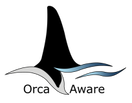
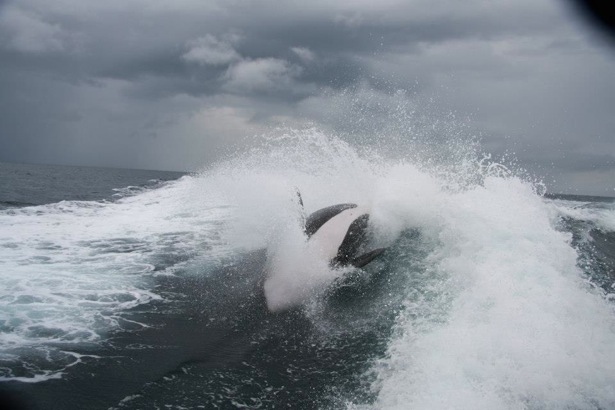
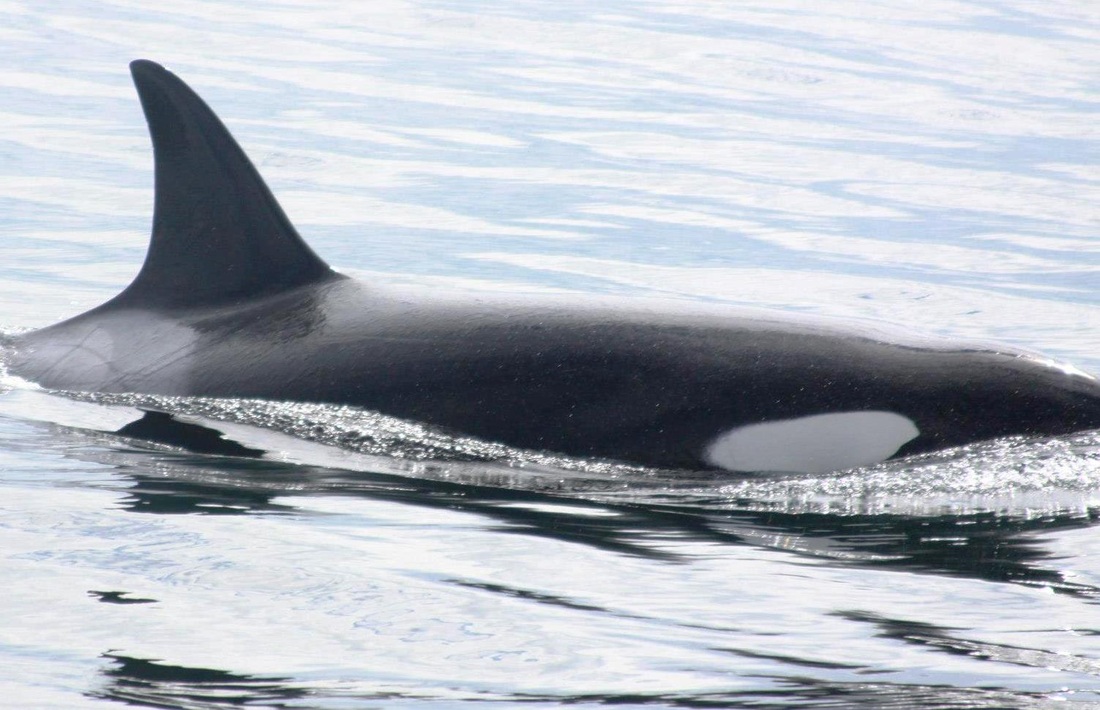
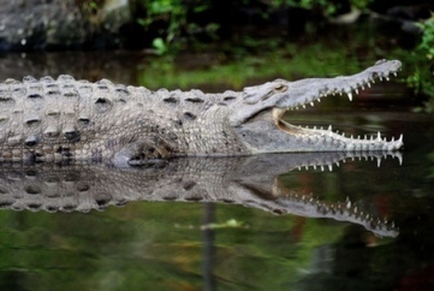
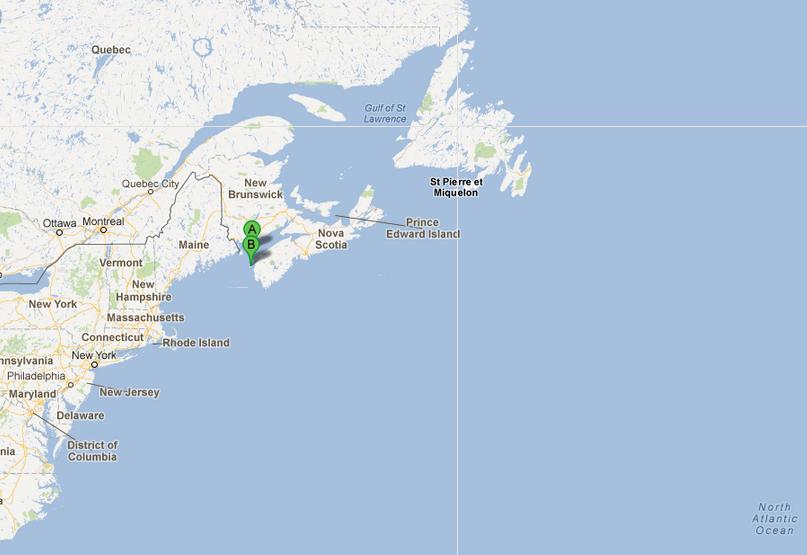


 RSS Feed
RSS Feed
